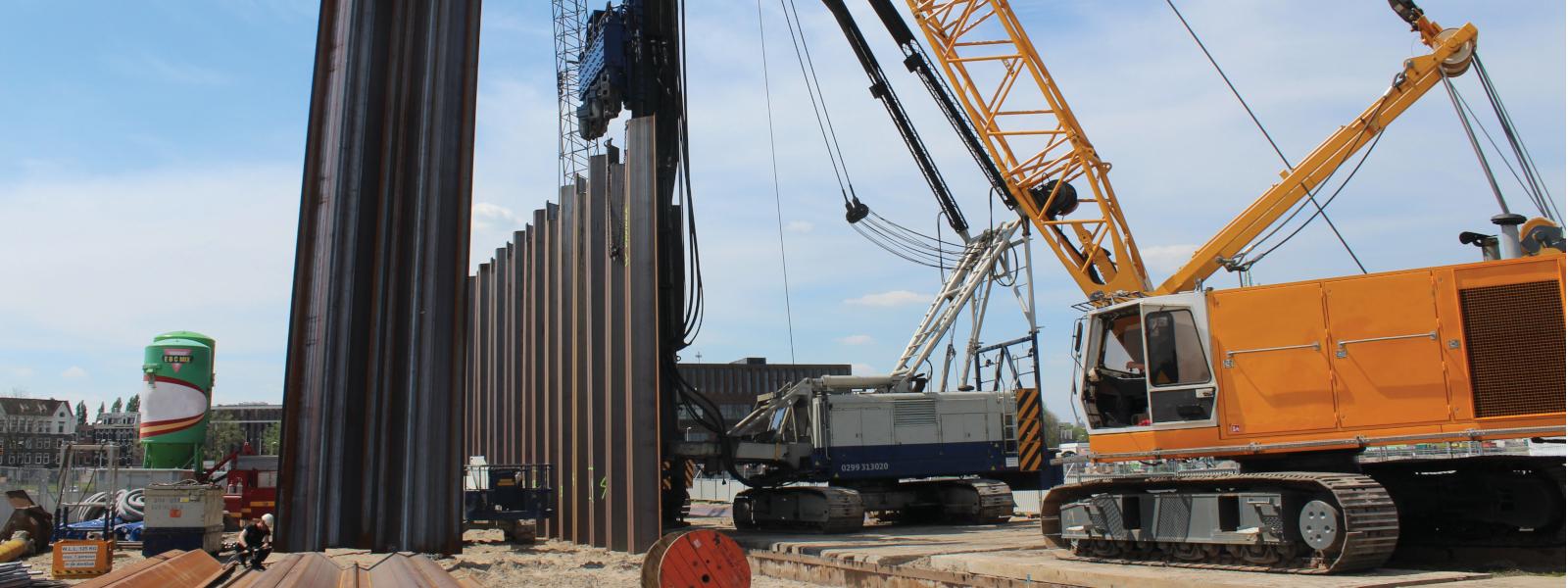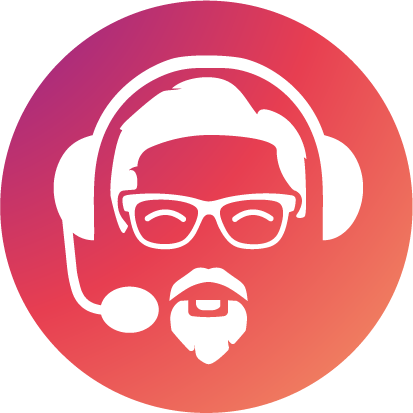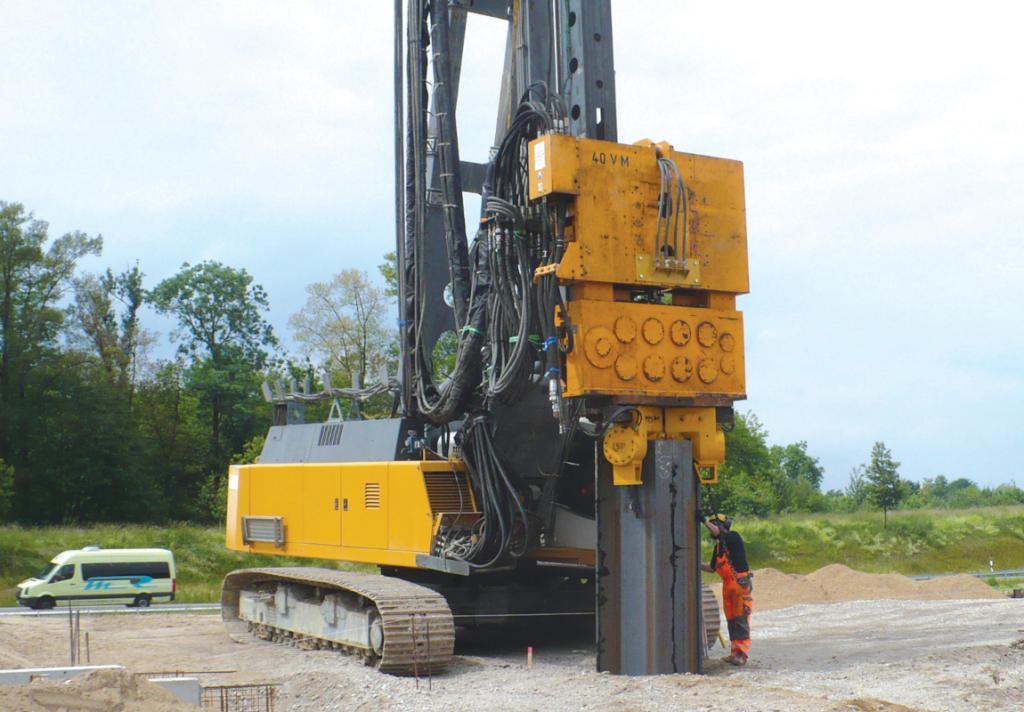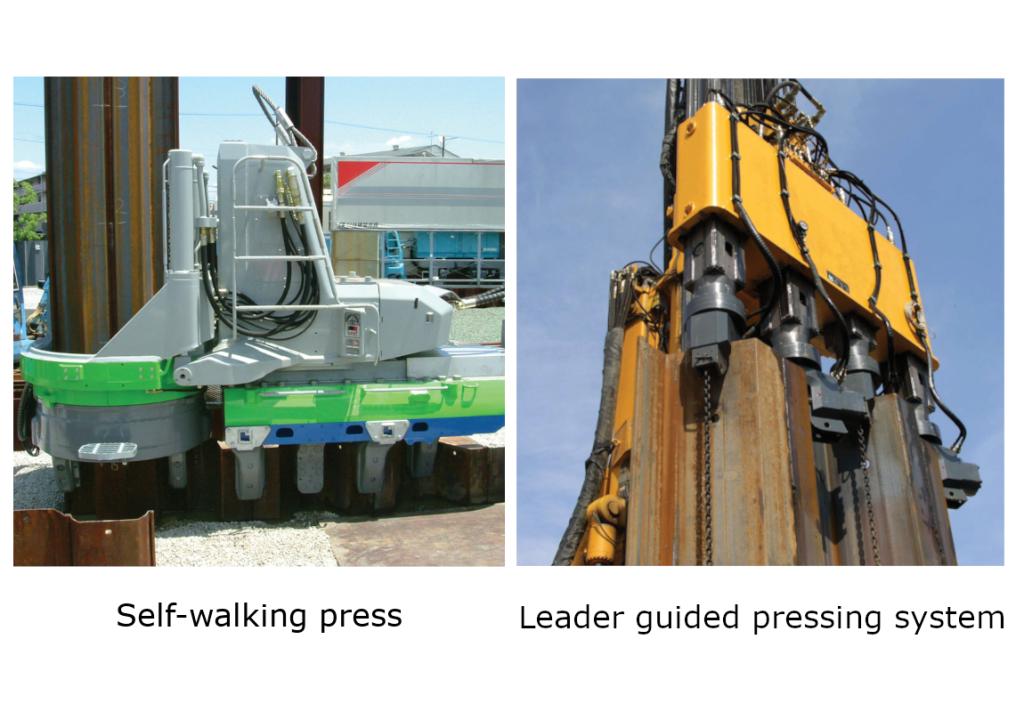Installation Guideline AZ-800 & AZ-750
A guide to optimum execution results
After the successful market introduction of the AZ®-700 sheet pile range and 10 years of proven track record, ArcelorMittal has taken a further step in the development of wider Z-piles. As a result, the AZ®-800 range has been presented to the market in 2015. Intensive testing before market introduction showed that installation can be performed with standard pile driving equipment. However, the optimum choice of a sheet pile section requires a more rigorous analysis of the soil conditions. Nowadays, the existing ArcelorMittal sheet pile range allows designers and contractors to choose amongst a variety of profiles to best cater for the particular site conditions. Soil characteristics and driving methods are closely linked and have to be considered carefully. This document provides guidance to users towards selecting the profile for best execution results.
Related documents:




 English
English
 German
German
 French
French





